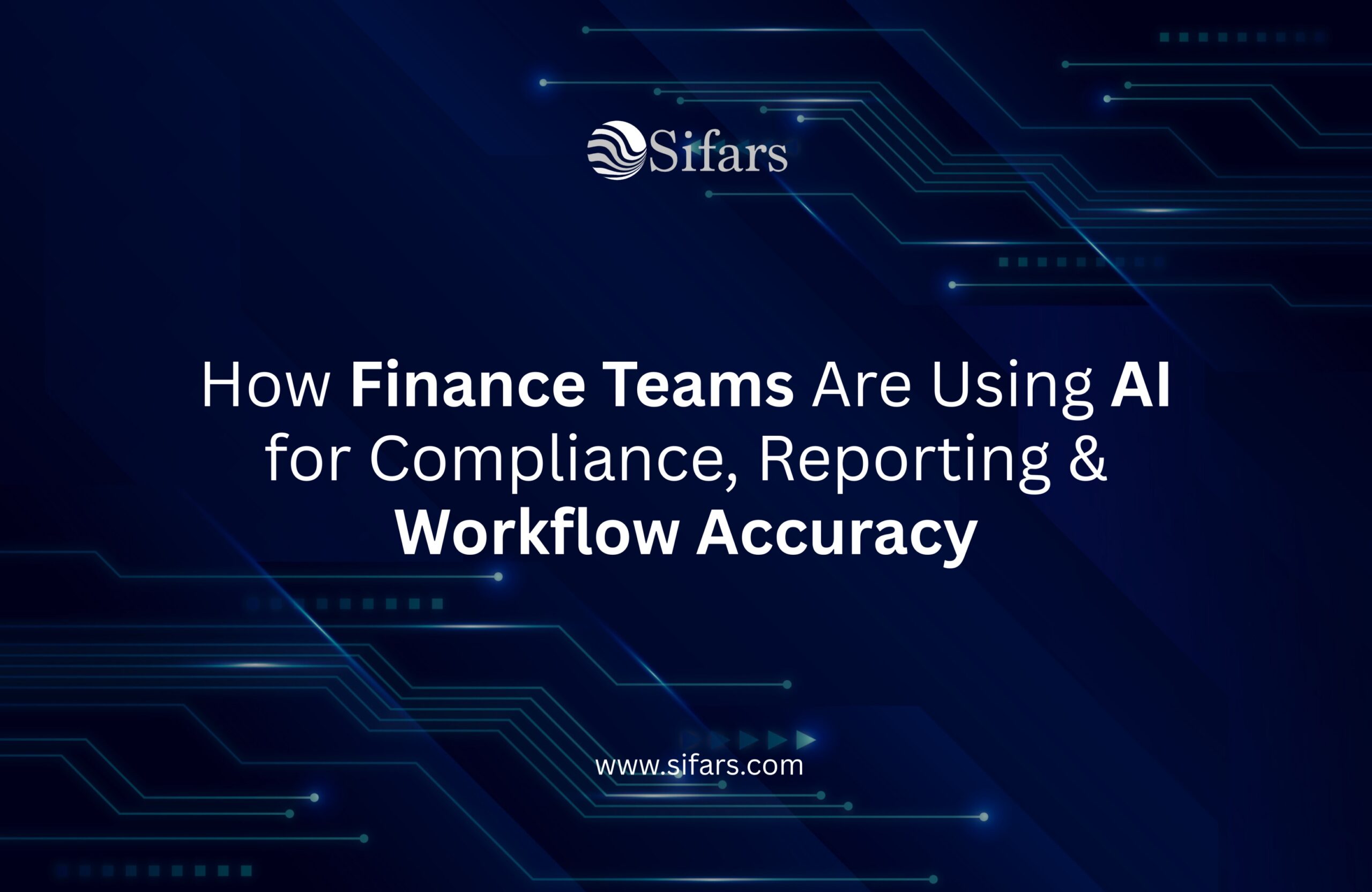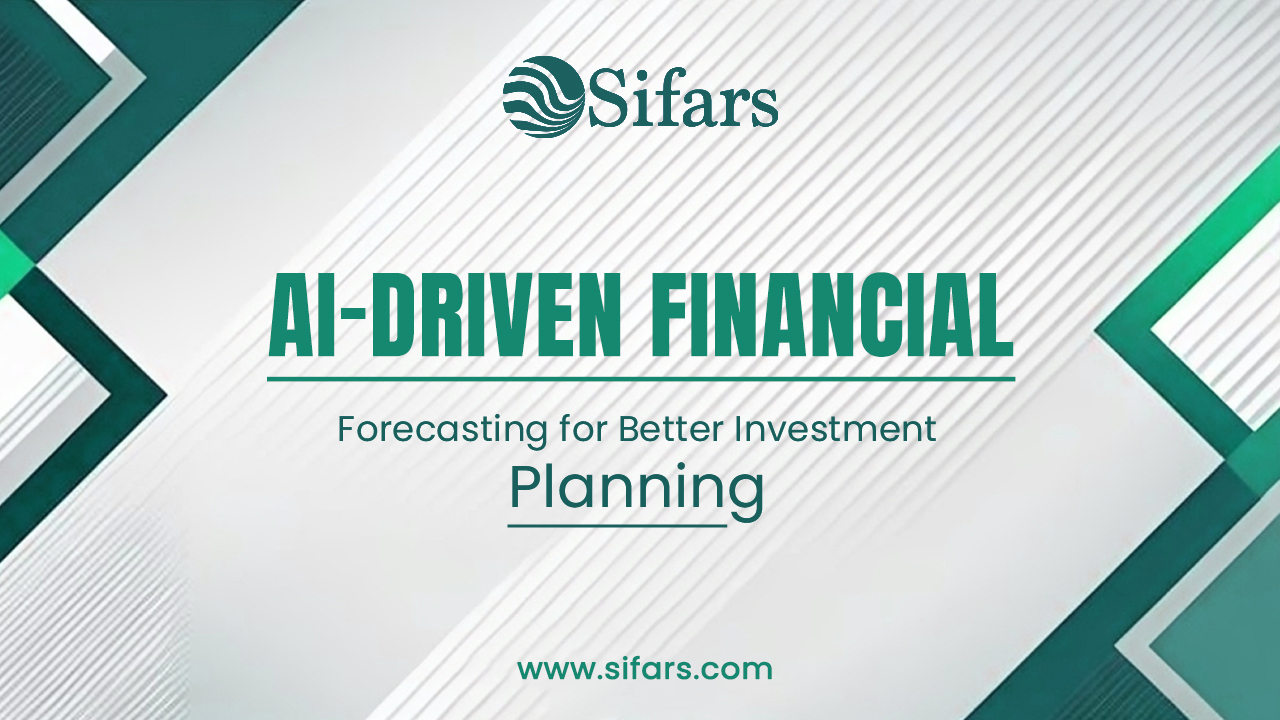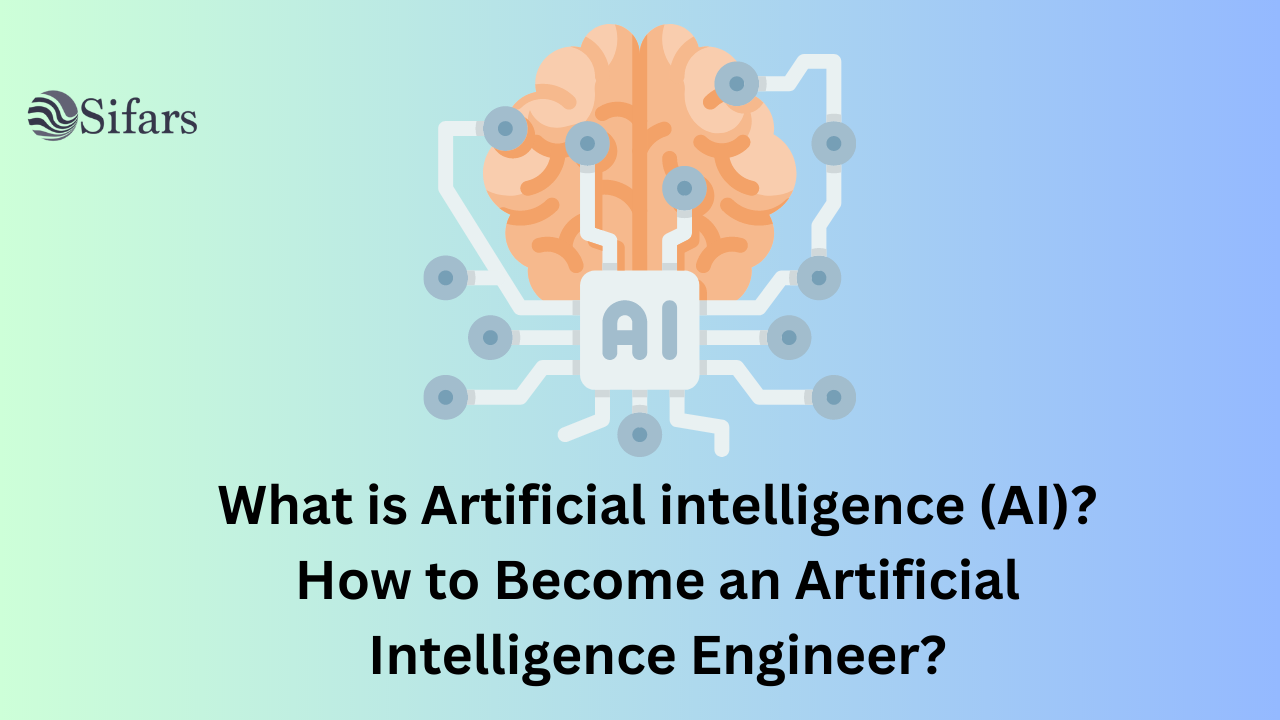In big organizations, lack of productivity is never simply the result of poor talent or effort. They arise from friction — systems that are painful to use, workflows that don’t resemble how people actually work, and interfaces that make employees spend too much time thinking about not screwing up while they’re trying to do their jobs.
This is where UX precision serves as a high-leverage productivity pick.
User experience is no longer solely the domain of how things look, or what customers see on apps. In the enterprise, accurate UX design leads to speed, accuracy, throughput adoption and business efficiency.
What Is UX Precision?
UX precision is about designing things that coincide directly with:
- How users think
- How work actually flows
- What do we still need to decide
- Where errors commonly occur
- How Information Matters at the Right Moment
It’s that there are no more features or visual polish to bolt on. It’s a question of eliminating ambiguity, reducing cognitive load and guiding users smoothly through complex operations.
In enterprise software, accuracy is much more important than creativity.
The Hidden Source of the Loss in Productivity to Poor UX
The effects of bad enterprise tools add up fast:
- Workers waste time fumbling through the interfaces
- The number of errors rises when actions or data are not visible.
- Training is extended, and adoption lags
- Workarounds are in place off the system by team
“It makes decision-making slower and less confident.”
Taken in isolation, these may appear to be small inefficiencies. At scale, that can mean thousands of hours lost every month.
How to prevent enterprise-level friction by improving UX precision
- Faster Task Completion
Precise UX eliminates unnecessary steps. Accurate navigation, user friendly designs and context-sensitive responses assist users to get their job done easily without pausing to think or needing an extra hand.
A smaller time-per-task means a greater throughput across teams.
- Fewer Errors and Rework
Good UX points users in the right direction and stops typical errors with validation, intuition and clear feedback.
That cuts down on more costly rework, approval loops and downstream issues — particularly in finance, operations or compliance-heavy workflows.
- Higher Adoption Across Teams
The most sophisticated systems can fail, of course, if employees simply aren’t using them correctly. This UX precision builds trust and comfort, which in turns makes tools easier to adopt by everyone from an entire department of customers to someone with very minimal experience.
When tools feel intuitive, teams stop pushing back.
- Reduced Training and Support Dependency
The best enterprise systems are made with awesome UX and need less onboarding, less support tickets. Users learn through hands-on use, not from reading manuals or attending extended trainings.
This saves on both time and internal resources.
- Better Decision-Making
Precise UX has the data that is needed, and only the exact information required, at any specific moment. Dashboards, alerts, and summaries are organized according to actual decision needs — not raw data dumps.
When information is clear and contextual, leaders can make faster and better decisions.
UX Accurateness in Complicated Enterprise Worlds
Enterprise systems deal with:
- Multiple roles and permissions
- Long, interconnected workflows
- Regulatory constraints
- High data volume and variability
What is meant by “UX precision”?
This means that every user will see only what is interesting personally to this person, in the type of content and at the particular moment.
It is this clear role-based separation that allows complex systems to remain usable at scale.
Why AI Makes UX Precision Even More Important
When AI begins to be integrated into enterprise workflows, UX accuracy becomes extremely important.
If users can’t understand, trust and interpret AI insights, then they are no good. ” Clear explanations, transparent actions, and sensible behaviors will now make sure that AI adds to productivity instead of compounding confusion.
AI-powered systems, without exact UX, will be dismissed or misperformed.
Productivity Is a Design Outcome
Productivity in the enterprise isn’t just an operational issue — it’s a design problem.
When systems are designed and created with UX perfection, businesses can grow faster, make fewer errors, and scale more seamlessly. Rather than fighting with tools, employees exert their effort doing meaningful work.
Final Thoughts
Enterprises don’t need more software.
They need better-designed software.
UX accuracy turns enterprise tools from hurdles into enablers — and subtly boosts productivity on both sides of the equation: teams, workflows, and decisions.
We build enterprise systems at Sifars, where UX accuracy leads to actual operational impact — not just better interfaces, but also greater outcomes.
👉 Looking to improve productivity through smarter UX and system design? Let’s build it right.





